In botanical garden terms, these plants are known as a living collection and are very carefully maintained according to specific guidelines. Our primary responsibility is to care for, propagate, and display the plants for educational purposes. This is called ex situ conservation and is extremely important in stemming the decline of threatened plants. We are also responsible for documentation of the plants: where they were collected or purchased, their shape and form, and their Latin botanical names. This documentation facilitates sharing our plants with other botanical gardens which also have a strong interest in preserving their own collections.
The John Fairey Garden living plant collection comprises multiple smaller plant collections that each have special importance to our mission. Over the decades, the Garden has focused on collecting plants from certain geographic regions and from certain plant groups. Our Mexico and Texas collections are extensive, as are our collections of oak and mahonia. Far beyond just organizational concepts, these collections are representative of plants that have survived the trials of Texas climate and made sense in the themes of John Fairey’s landscape designs.
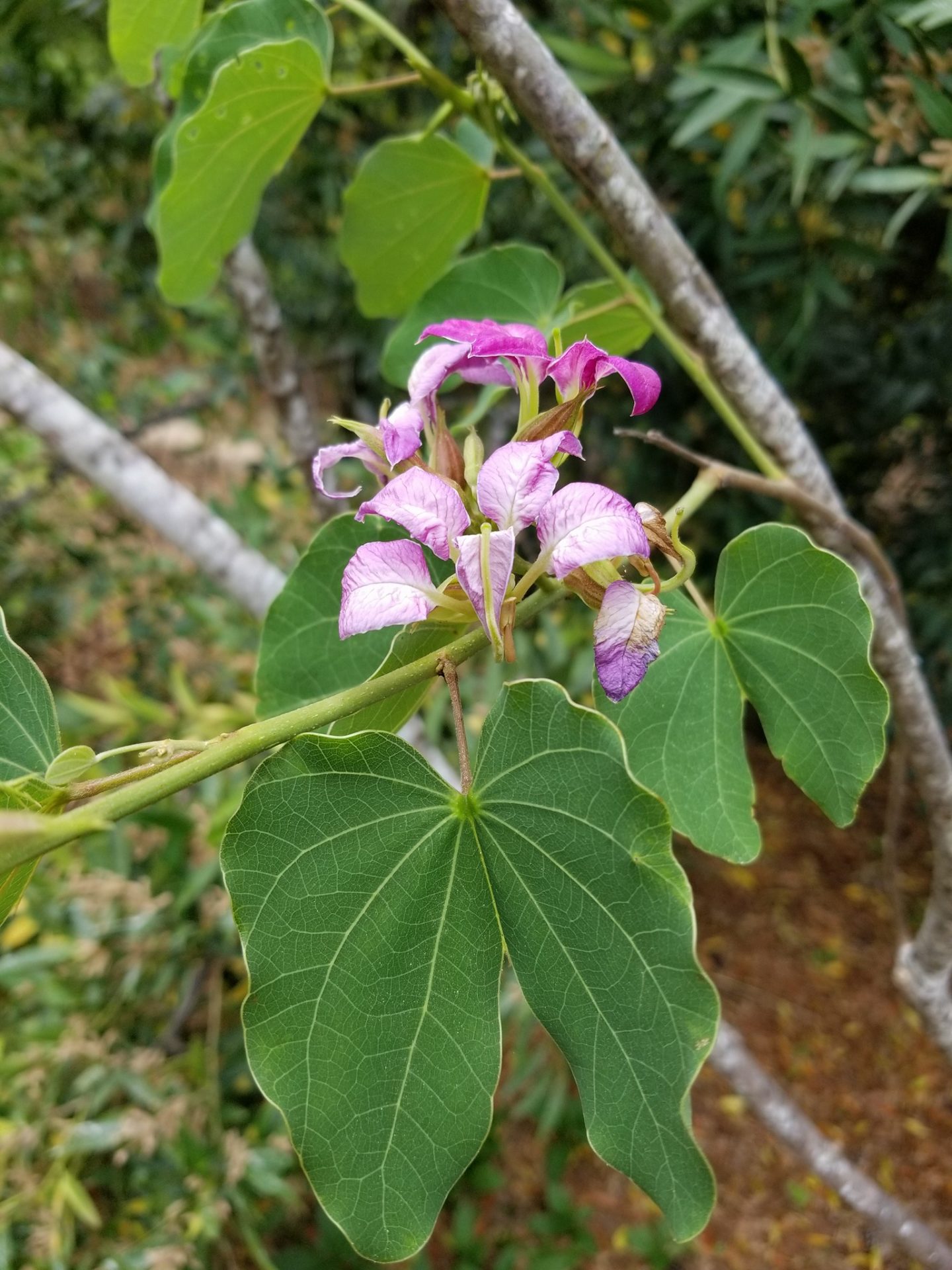
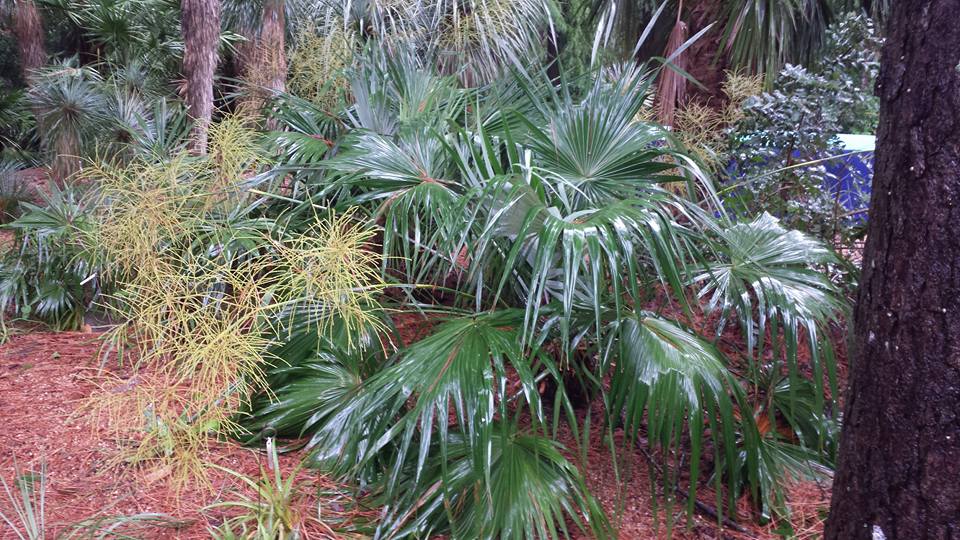

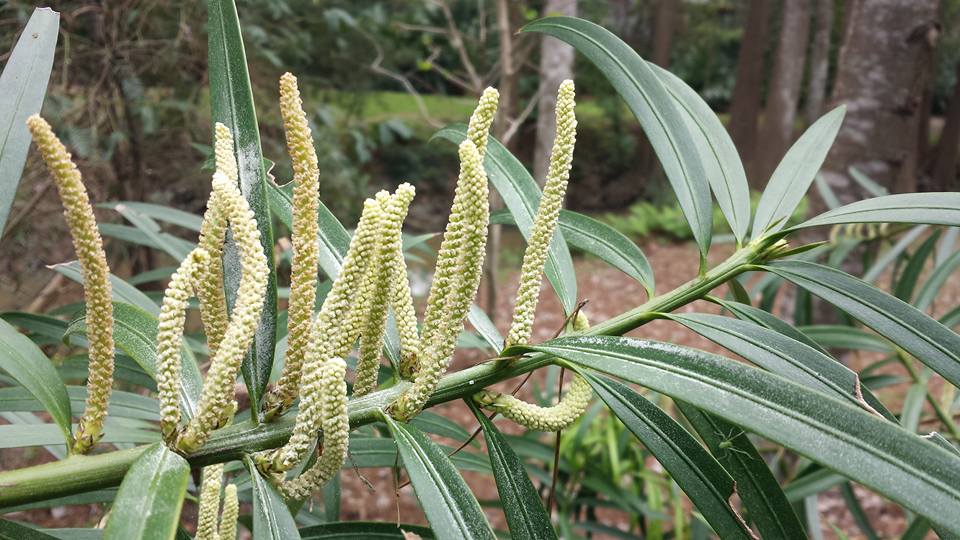
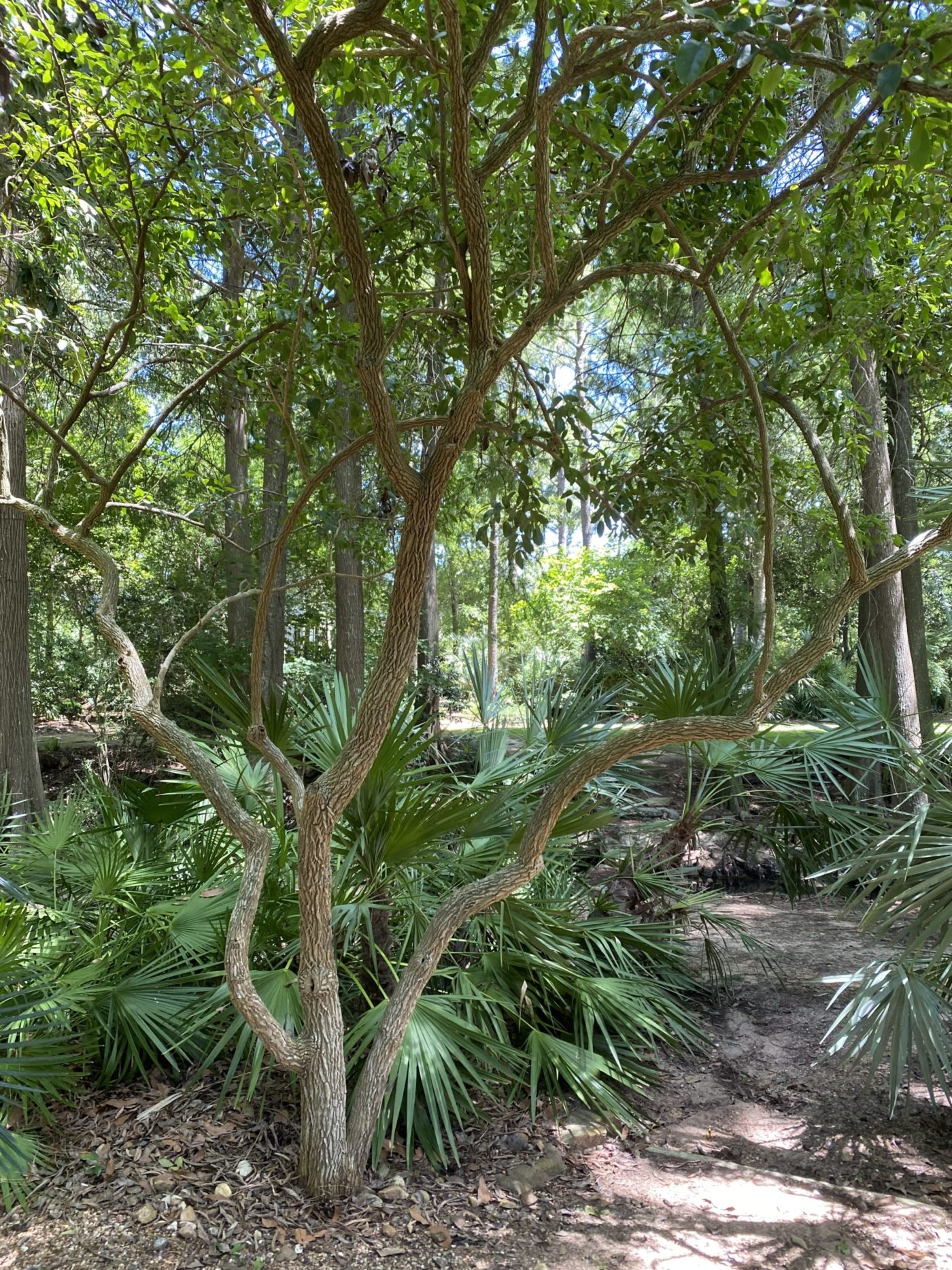
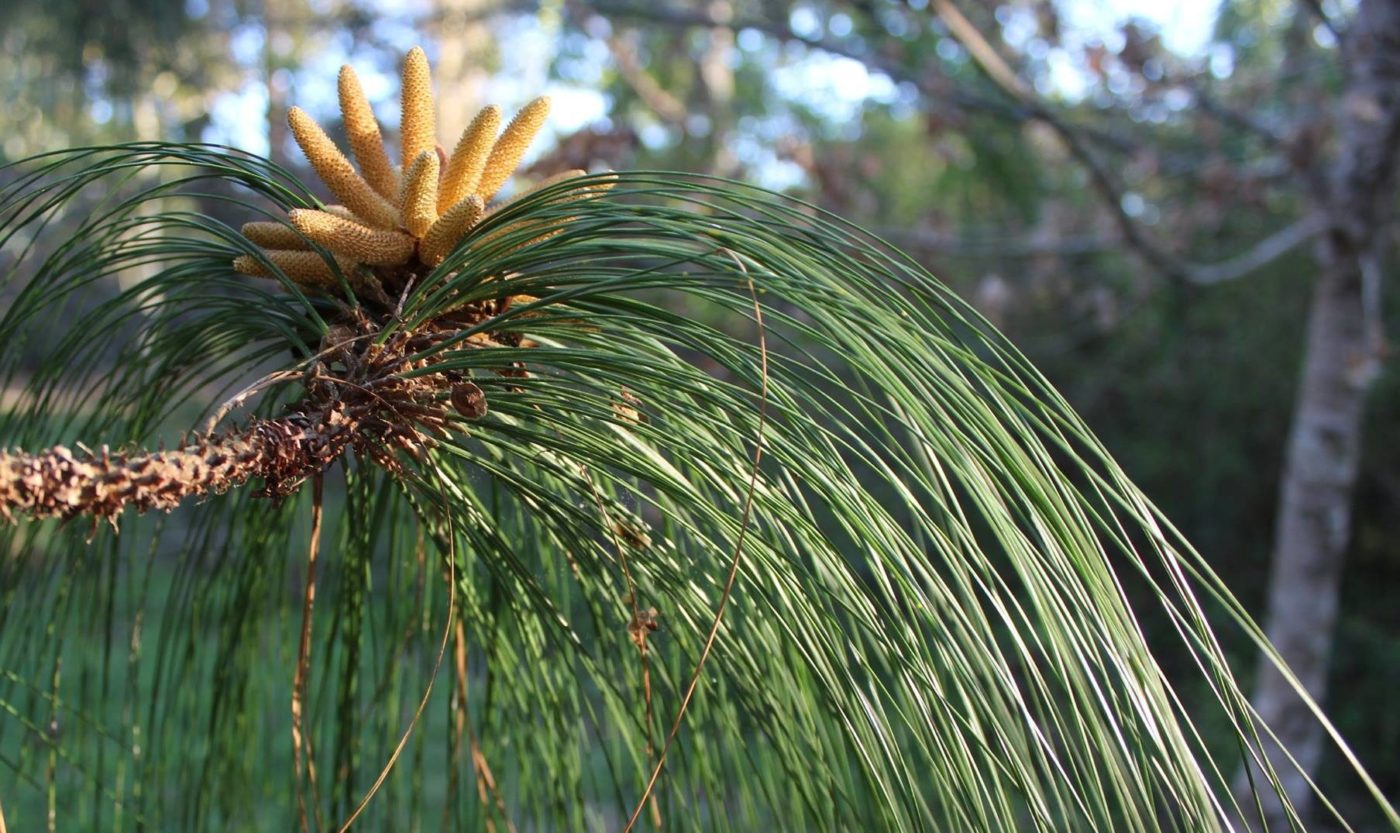
The Mexico collection is one of the defining collections of the garden. John Fairey recognized the climate similarities between Mexico and southeast Texas, and was intrigued by the extreme diversity and untested nature of Mexican flora. His expeditions to Mexico, beginning in the late 1980s, in collaboration with the University at Nuevo Leon and at the invitation of Lynn Lowery, were undertaken to find unique attractive plants that would thrive in the Houston area. In addition to his botanical interest, John was making a conscious attempt to bridge the people of Texas with the people of Mexico through appreciation of the incredible wonder of their similar environments. John and various teams made over a hundred trips to this region, bringing to the garden thousands of plants not only to trial in our dry, woodland and meadow gardens but also shared with other botanical gardens. Plants were selected for unique traits, such as brilliant yellow oak petioles, silvery blue agaves with vase-like form and dwarf Yucca rostrata with needle-like leaves. Several introductions resulted in new taxa designation, while others will follow in time.

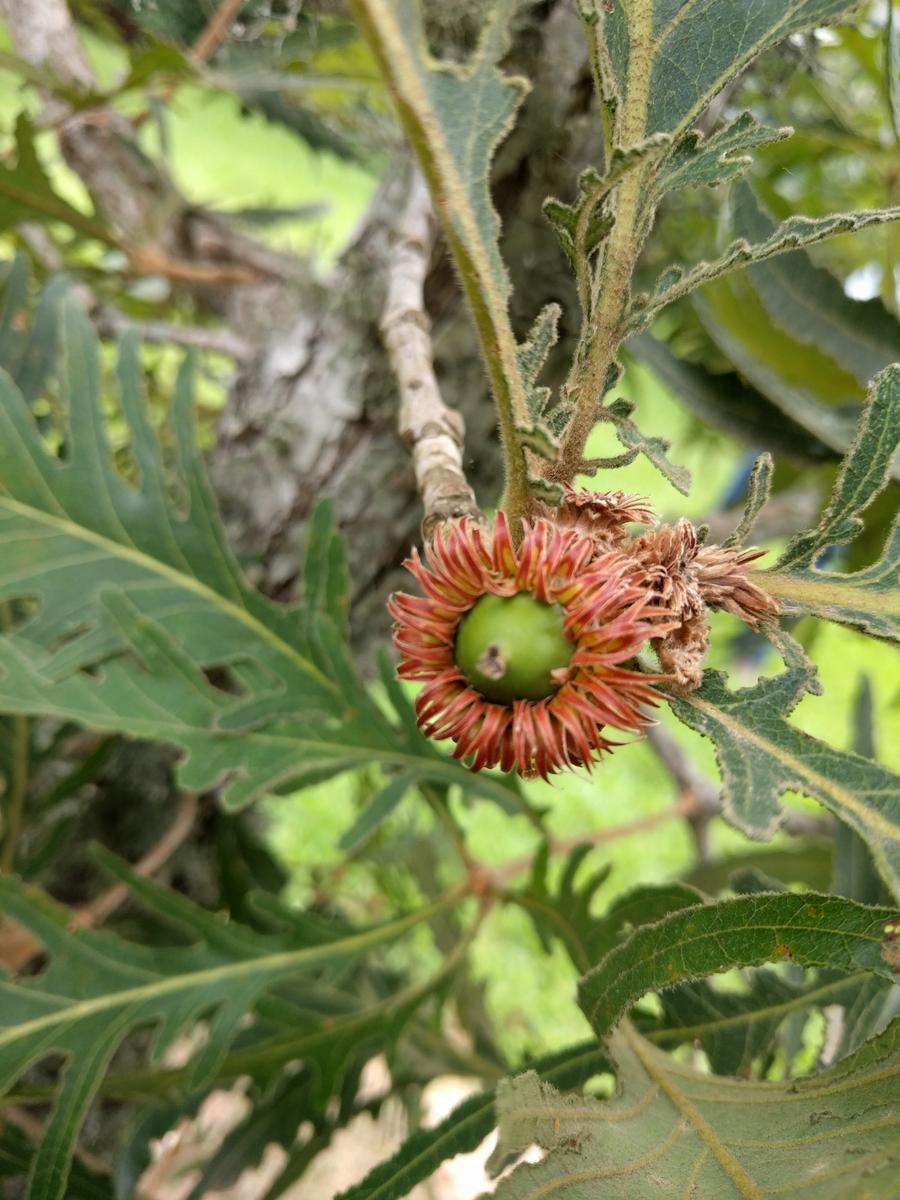
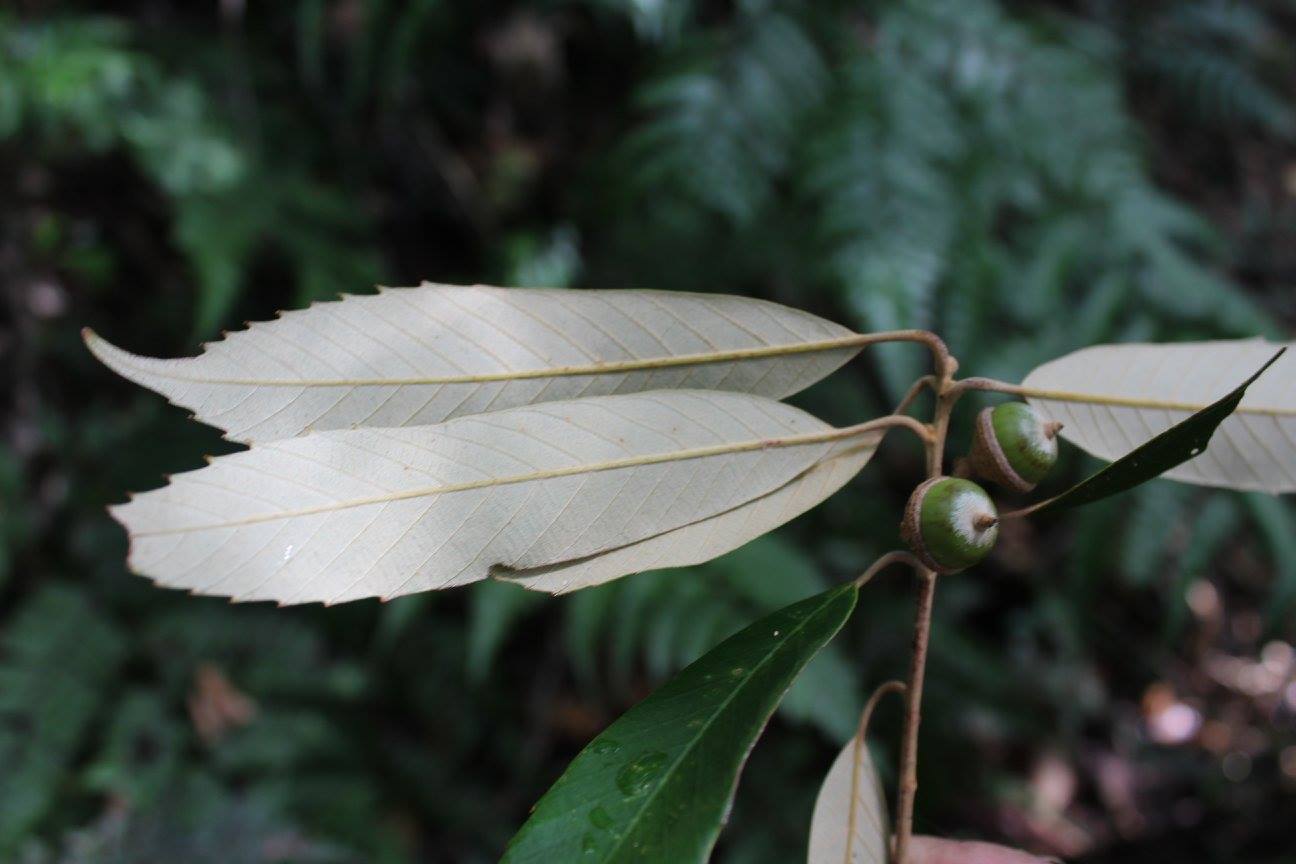
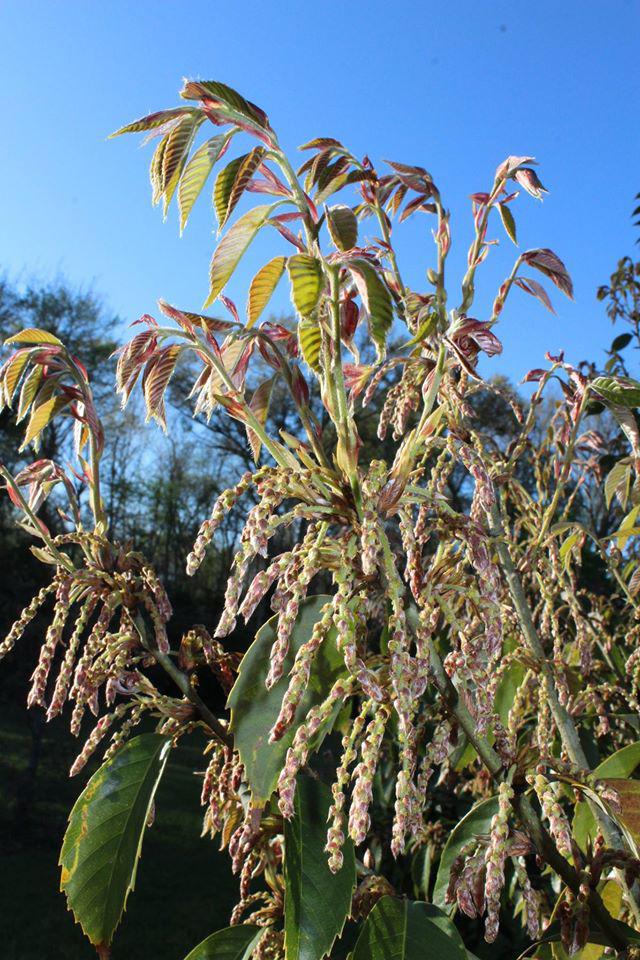
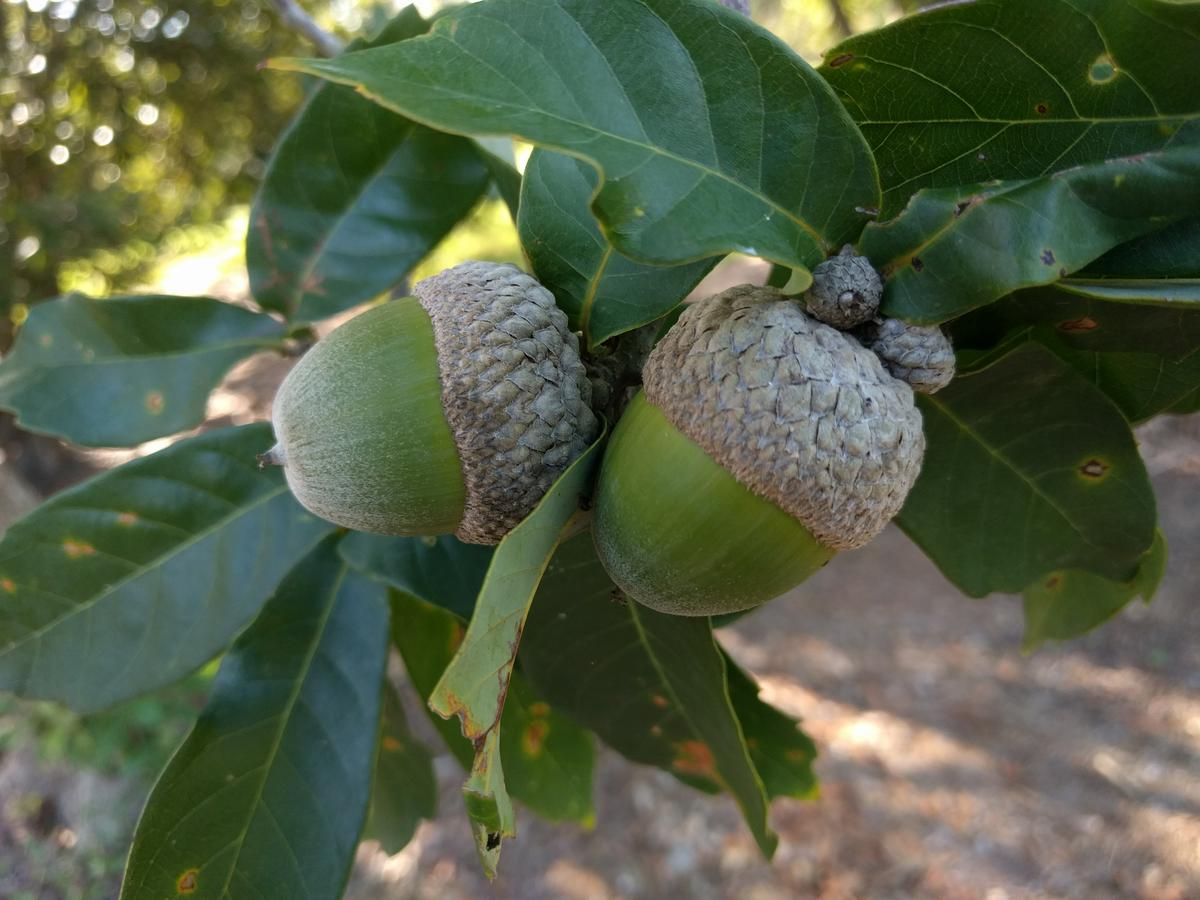
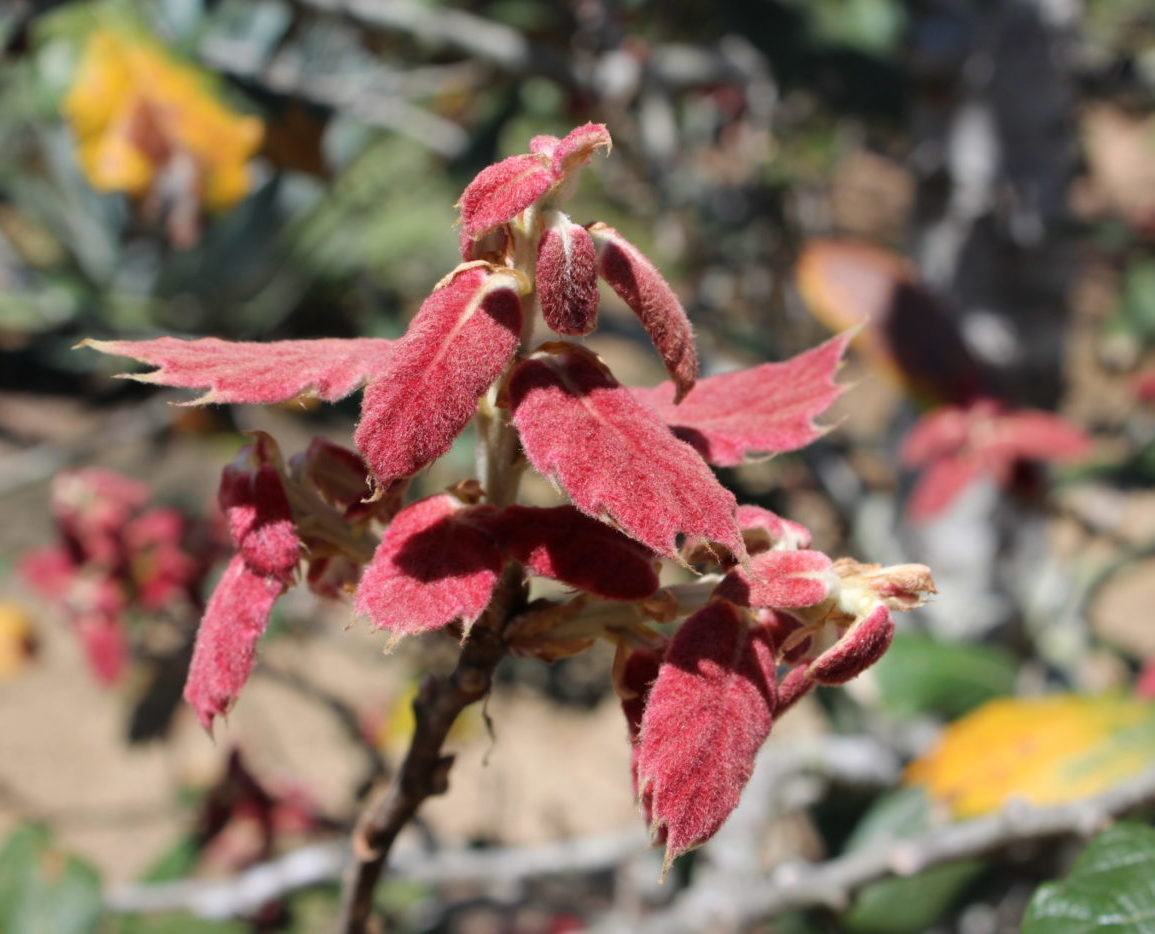
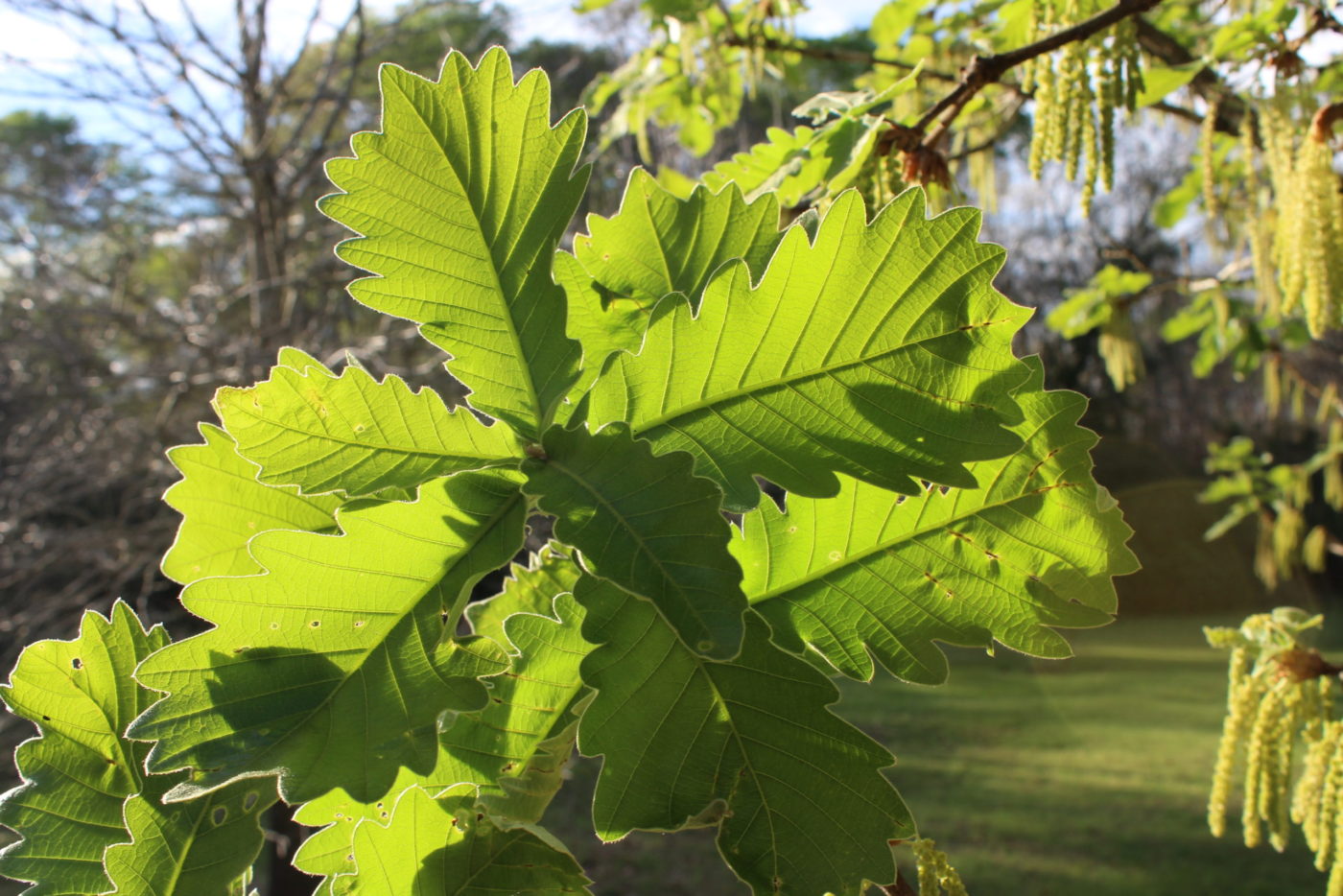
Originating in Canada about forty million years ago and now found over the northern hemisphere, oaks provide a major backbone for many ecosystems by supplying food, habitat and shade. So in 1983, after a tornado ravaged most of the aging trees on the property, John Fairey began the process of carefully selecting oaks from around the world that would become the foundation of the garden. The breadth and quality of the living oak collection at The John Fairey Garden, presently numbering about 70 species from the genus Quercus, has garnered universal respect, being recognized by such botanical organizations as the International Oak Society. Most of this collection are from Mexico and Texas, with the remainder from other areas of the US, Asia, Europe and Africa. Mexico contains more oak diversity than any other place in the world except China, and continues to be fertile ground for research and collection.
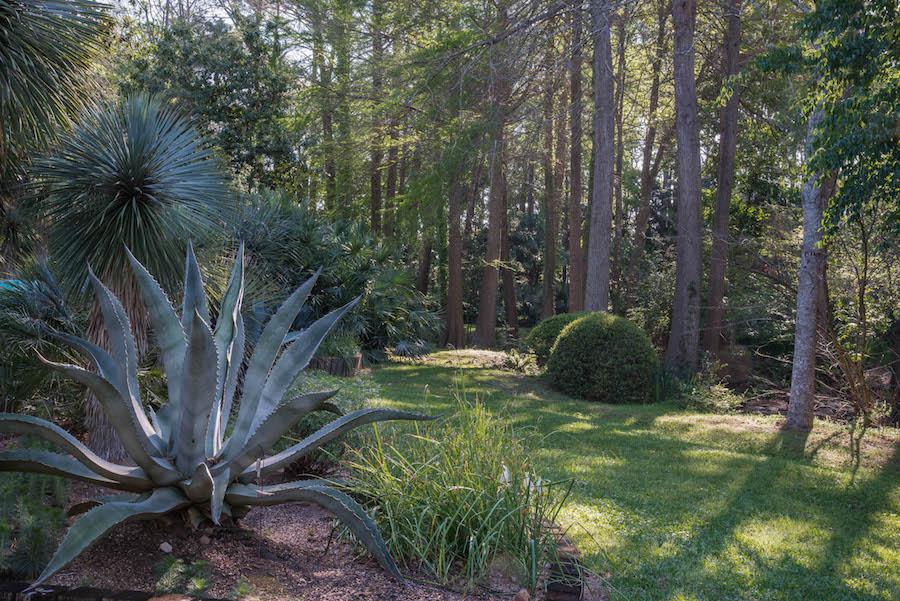
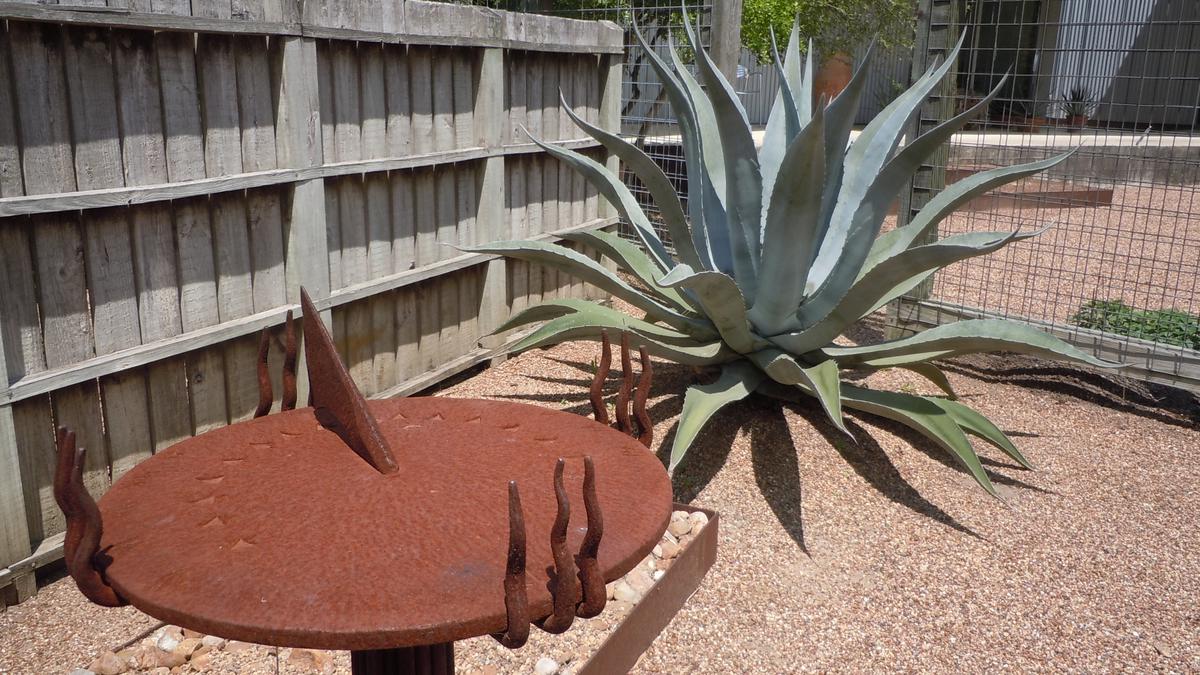
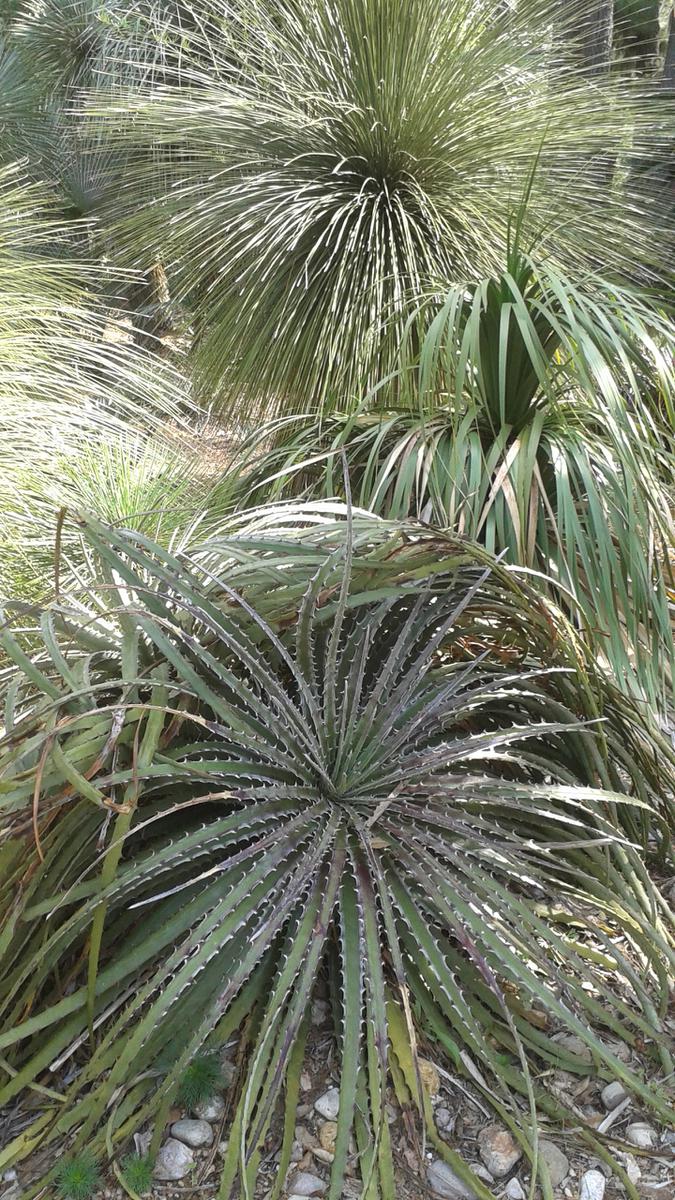
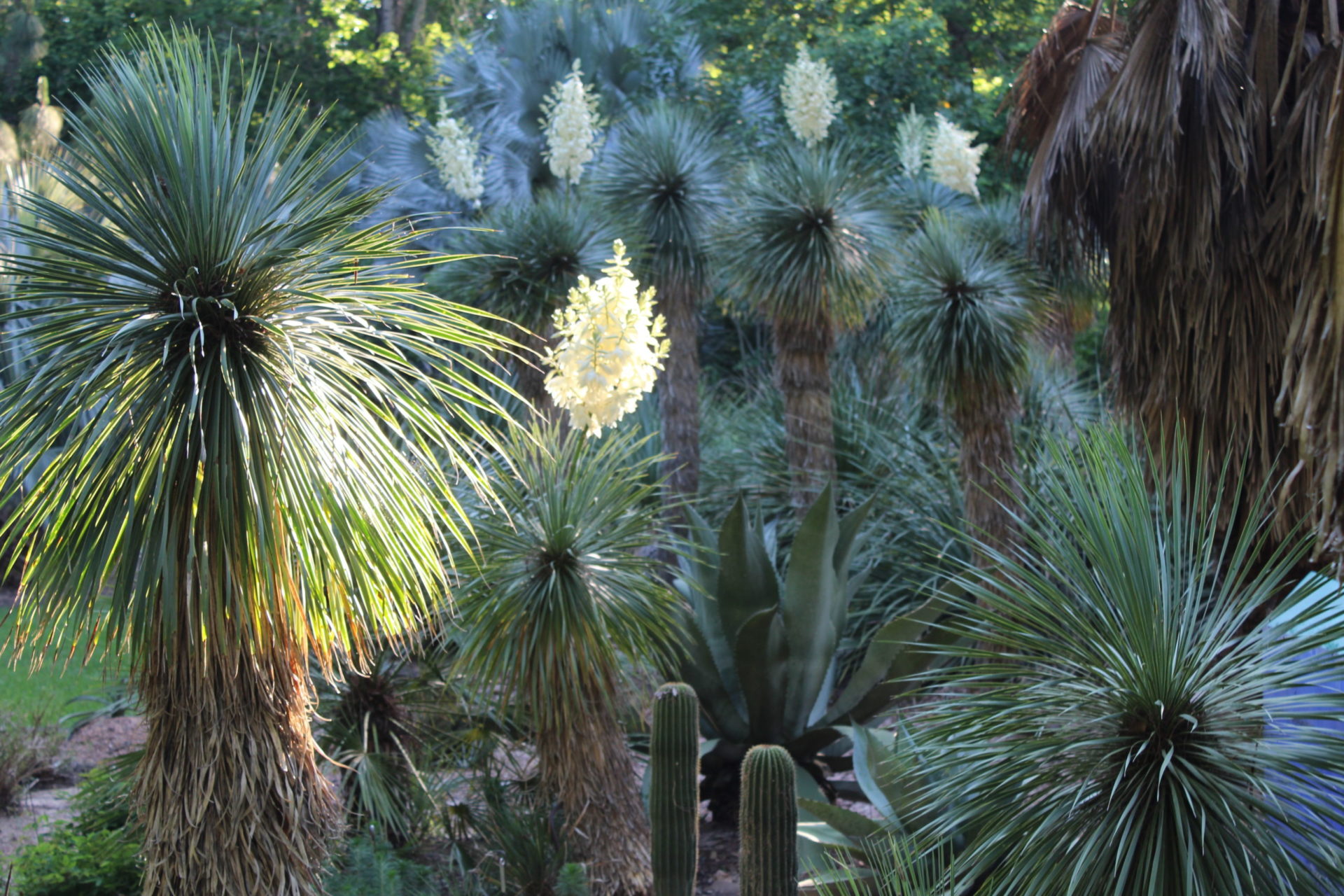
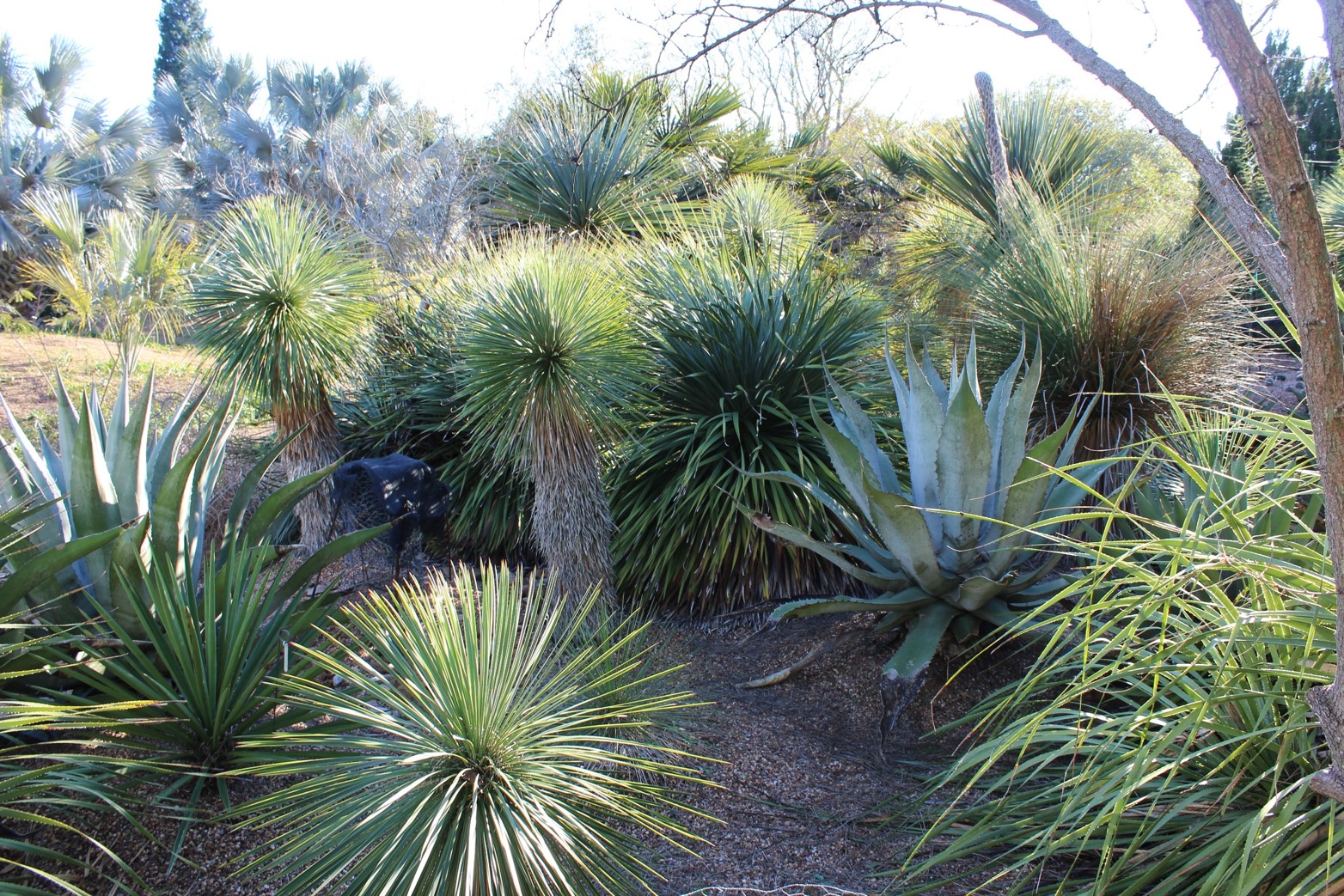
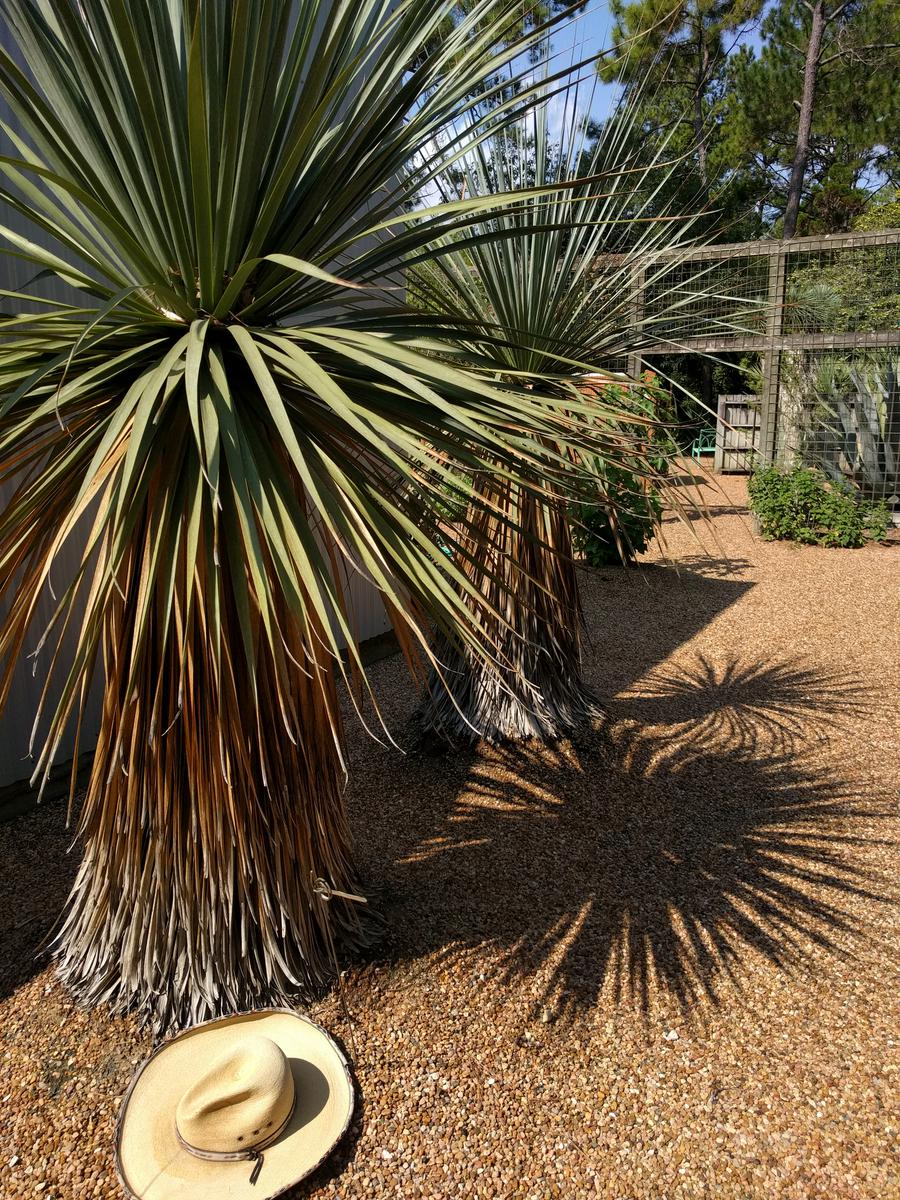
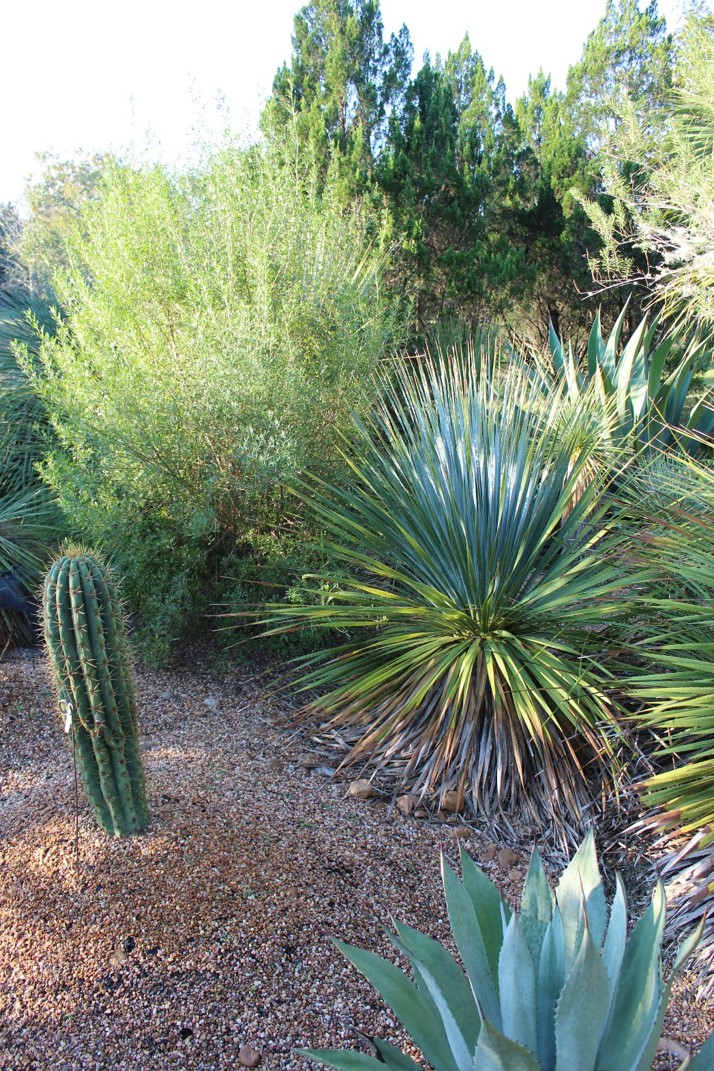

Woody Lilies are long lived xeric plants native to Canada, the US and Mexico and are of the genera Yucca, Agave, Hesperaloe, Dasylirion, Nolina, Beschorneria, Hemiphylacus and Manfreda. The woody lily is so named because many resemble, and were once classified as, lilies even though they have no bulbs. Mexico has the greatest diversity of woody lilies on the planet. Being the center of distribution, it is thus the origin of the great majority of the woody lily collection at the garden, most of which were collected during expeditions to Mexico. Many others were collected from the southwestern US, and a few were grown from purchased seed, from tissue culture, or purchased from nurseries. The dry gardens at The John Fairey Garden, laid out in the early 1990s, were seminal to the field of landscape design because of their success in evoking strong feelings from visitors as they walked the winding paths around and through the dry gardens. John placed a heavy emphasis on spiny and grass-like textures separated by space, with pea gravel and river rock strewn below. He composed the dry gardens with an eye toward texture, scale, shape, the effects of the wind, and color, choosing woody lilies for their silvery-blue hues – which John noted provided a psychologically cooling effect in the hot Texas summer – their unique tropical appearance, and for their ability to survive the wet freezing winters of the Houston area. John’s highly innovative combinations of color and texture have inspired countless gardeners not just in Texas but far beyond.